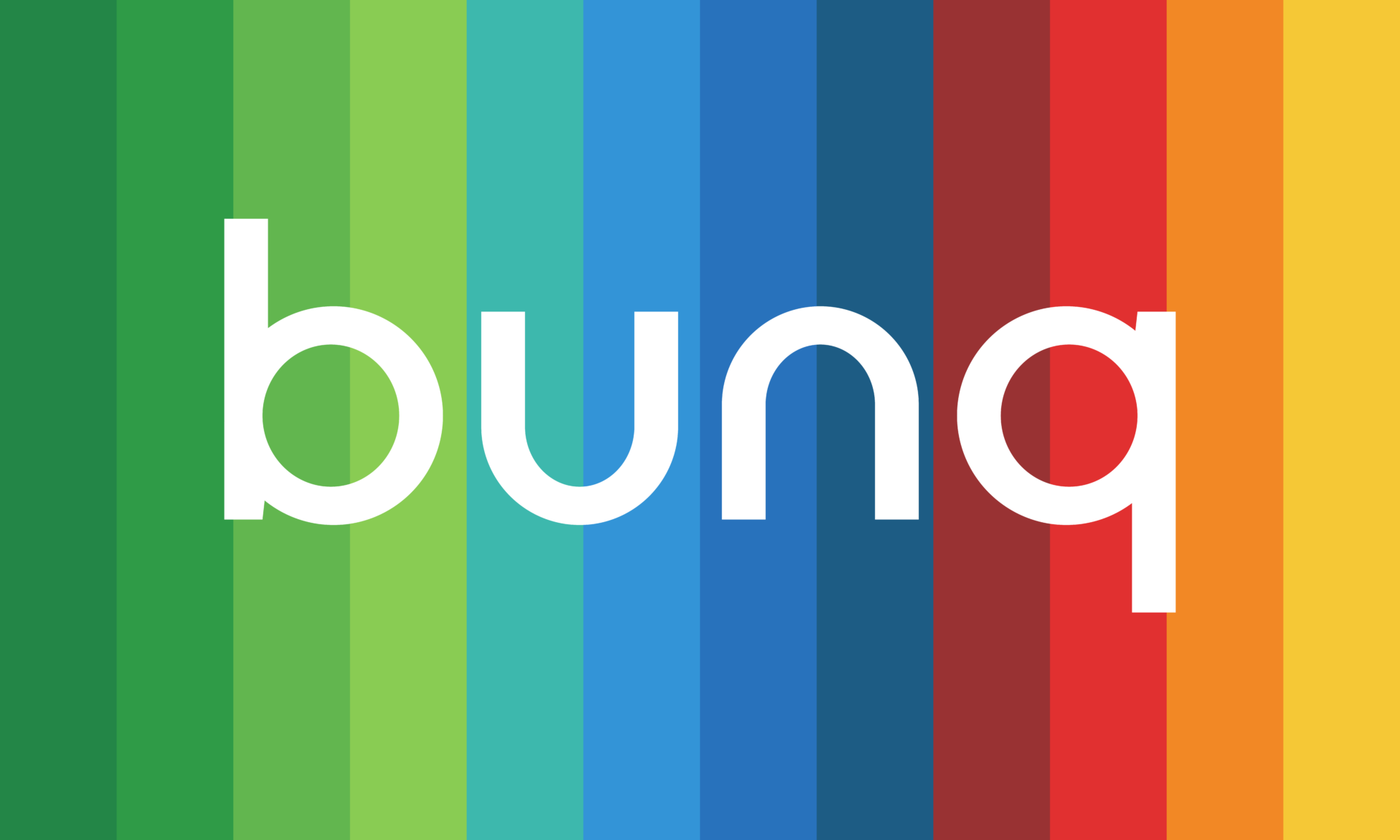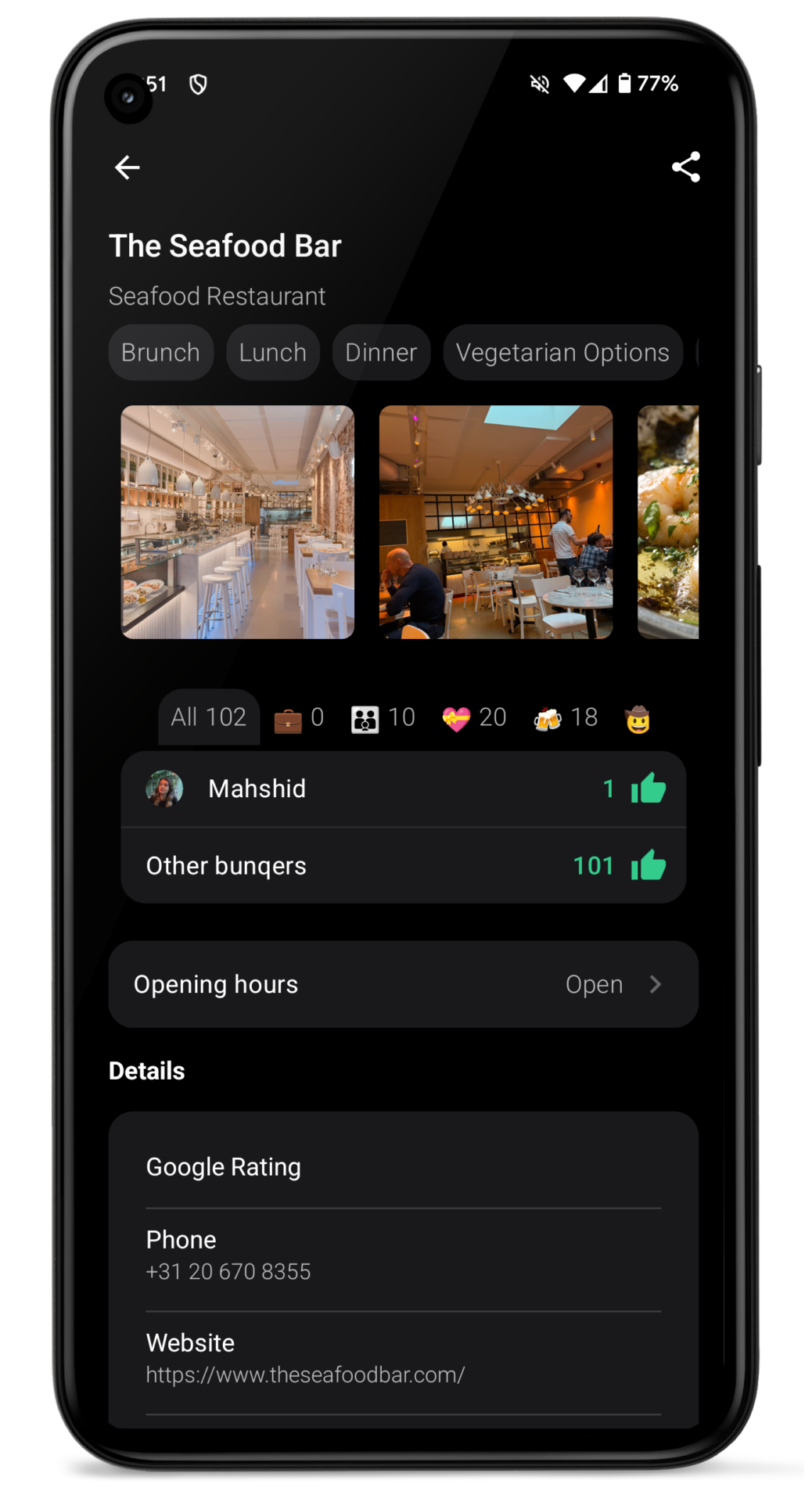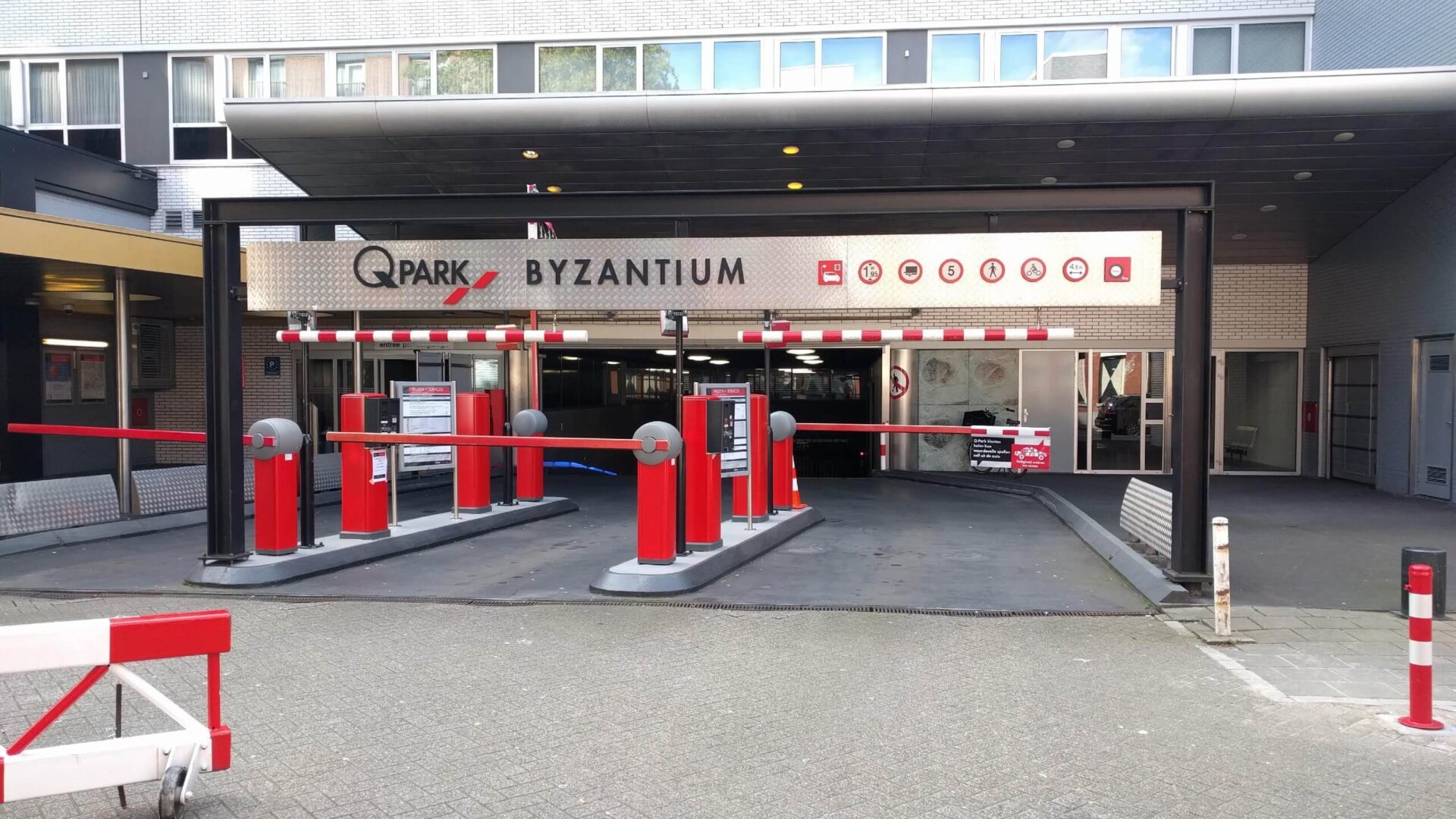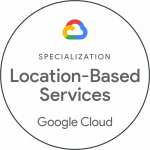bunq chooses a new era of banking with Google Maps Platform
bunq isn’t just any bank – it was the first in over 35 years to obtain a European banking license and is now the second-largest digital bank in Europe. In this case study, you’ll discover how bunq teamed up with Localyse and the Google Maps Platform to build an interactive map, with the ultimate goal of connecting with users worldwide and strengthening the bunq community.

bunq has continued to grow and evolve
Changing the financial world is no small feat, but bunq proves that it’s possible. They’ve given the way people spend, save, and invest a major upgrade—completely tailored to modern life. With smart innovations, a diverse range of offerings, and a fresh perspective on banking, they’ve rapidly made their mark across Europe. Today, more than 14 million people use bunq to manage their finances simply, quickly, and effortlessly—and this is just the beginning.
Since its founding in 2012, bunq has continued to grow and evolve, with an increasing focus on addressing the challenges faced by location-independent individuals and businesses around the world. Recognizing an opportunity to enhance the app experience, bunq developed an interactive map using Google Maps Platform, in collaboration with Google Cloud partner Localyse.

A map for the modern banking user
bunq Places was designed as a proactive way to add value to the app. By offering visual insights into places where transactions occurred or were recommended by other users, bunq created a unique environment for users to engage with the app, discover new places, and connect with others in the bunq community.
When selecting a platform for Places, bunq looked for a solution that offered:
- Accurate and comprehensive place data to pinpoint specific locations
- Seamless integration with transaction data for efficient matching with real-world places
- Global reach and reliability to ensure a consistent user experience across locations
- A user-friendly interface that could be easily embedded in the app
Google Maps Platform stood out for its global coverage, reliability, and rich place data. Its intuitive interface was also accessible for people with varying technical skills. Implementation of the platform began in late 2021 to bring the vision of Places to life.

Within the bunq app, users can view detailed information about Places and see recommendations shared by other bunq users.
Building a better banking (m)app
The foundation was in place within two weeks. Several improvement rounds followed after that to refine the user experience and optimize the map’s functionality, making it increasingly interactive and intuitive. Building the map has been a learning process, with each version bringing bunq closer to the seamless experience originally envisioned. Here’s how it works:
- Enriching transaction data: Through an integration with Tapix (also a client of Localyse), an AI-powered banking tool, bunq extracts and analyzes transaction data to identify location-related information. This includes processing merchant names, transaction descriptions, and other data points to determine the likely location of each transaction.
- Integrating with Google Maps Platform: Once potential locations are identified, bunq uses the Places API to retrieve comprehensive details about them — including the exact name, address, and type of business. Cross referencing this information with the extracted data enables bunq to verify and refine the transaction locations with up to 95% accuracy.
- Map visualization: The enriched transaction data is then visualized within an interactive map in the bunq app, allowing users to explore their spending geographically and gain insight into where and how they use their money.
This geographic visualization empowers users to better understand their spending patterns and make more informed financial choices.

bunq customers can view recommendations from other members of the bunq community directly in the app.
A more engaging user experience
- By visualizing transaction data, the interactive map has significantly improved user engagement and made spending insights more intuitive. Since early 2024, the number of active map users has doubled, with the average user opening the map once per week. The recommendation feature also strengthens the sense of community and encourages exploration.
- By leveraging Google Maps Platform, bunq has enhanced the overall user experience and strengthened its position. bunq remains excited to explore new ways to use this powerful tool to make life easy for location-independent people around the world.
Let's discuss your project
Looking for a way to make better decisions about your business’s location-based strategies? Look no further than Localyse!
Phone





